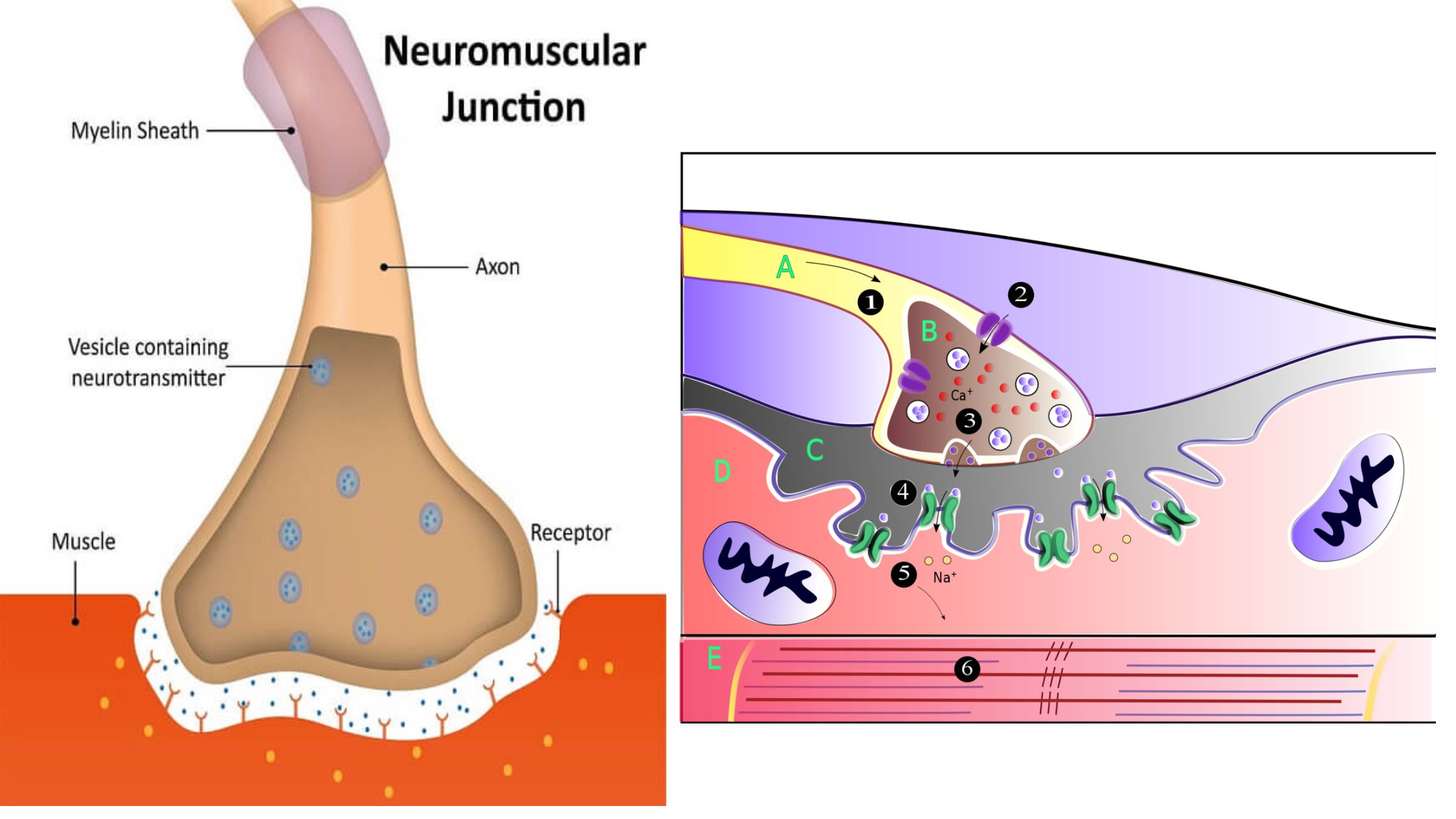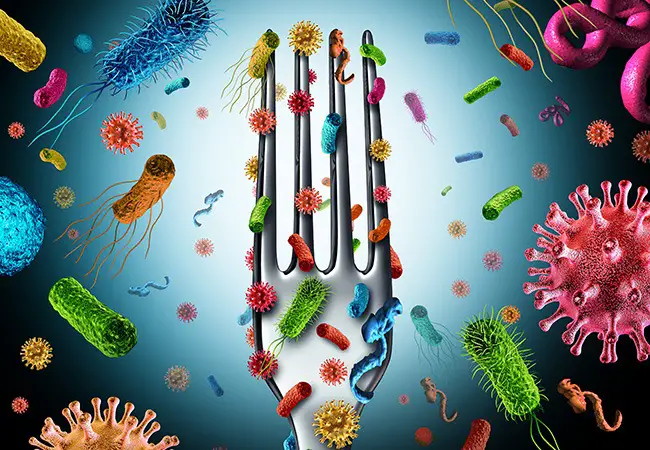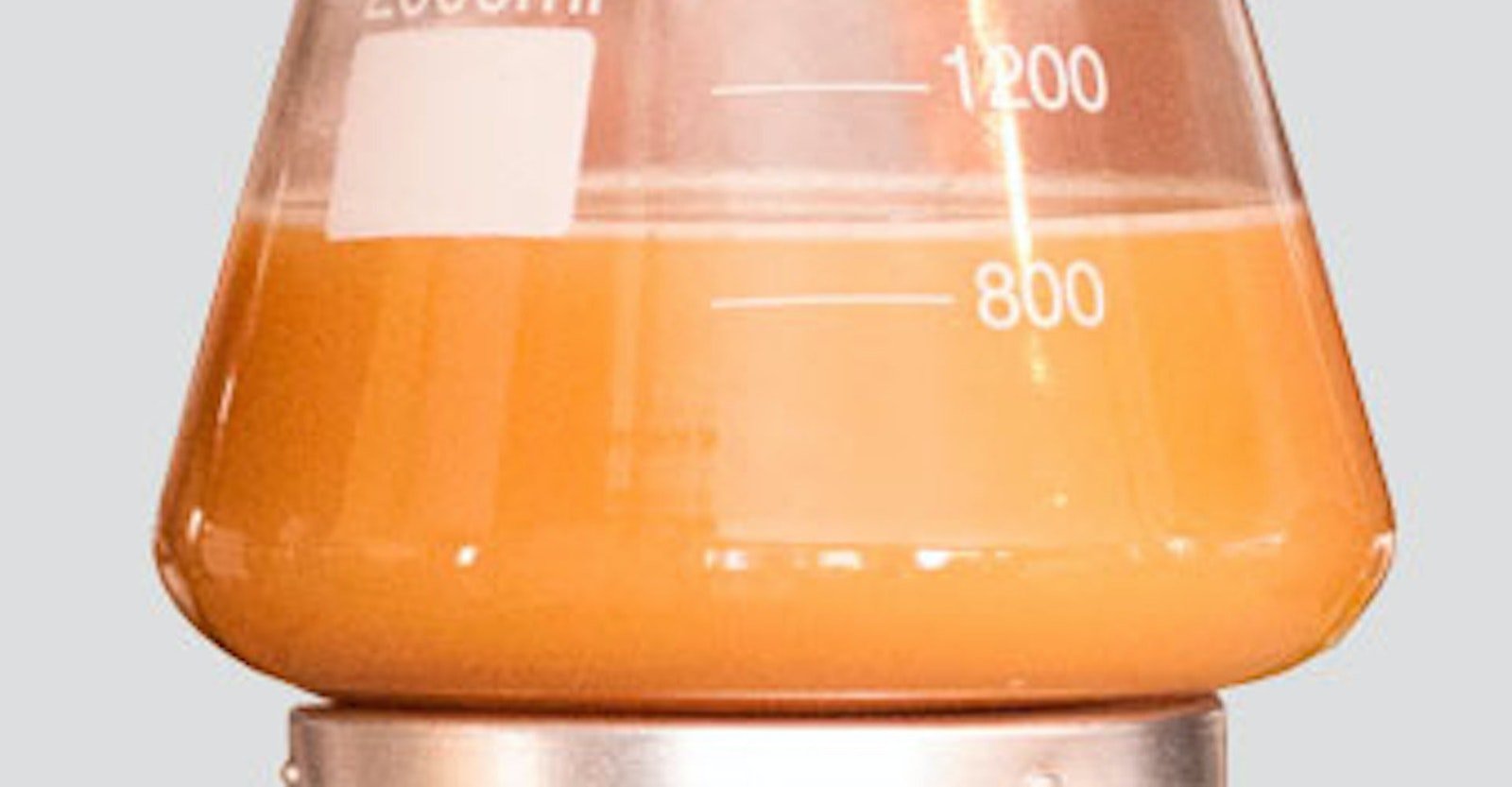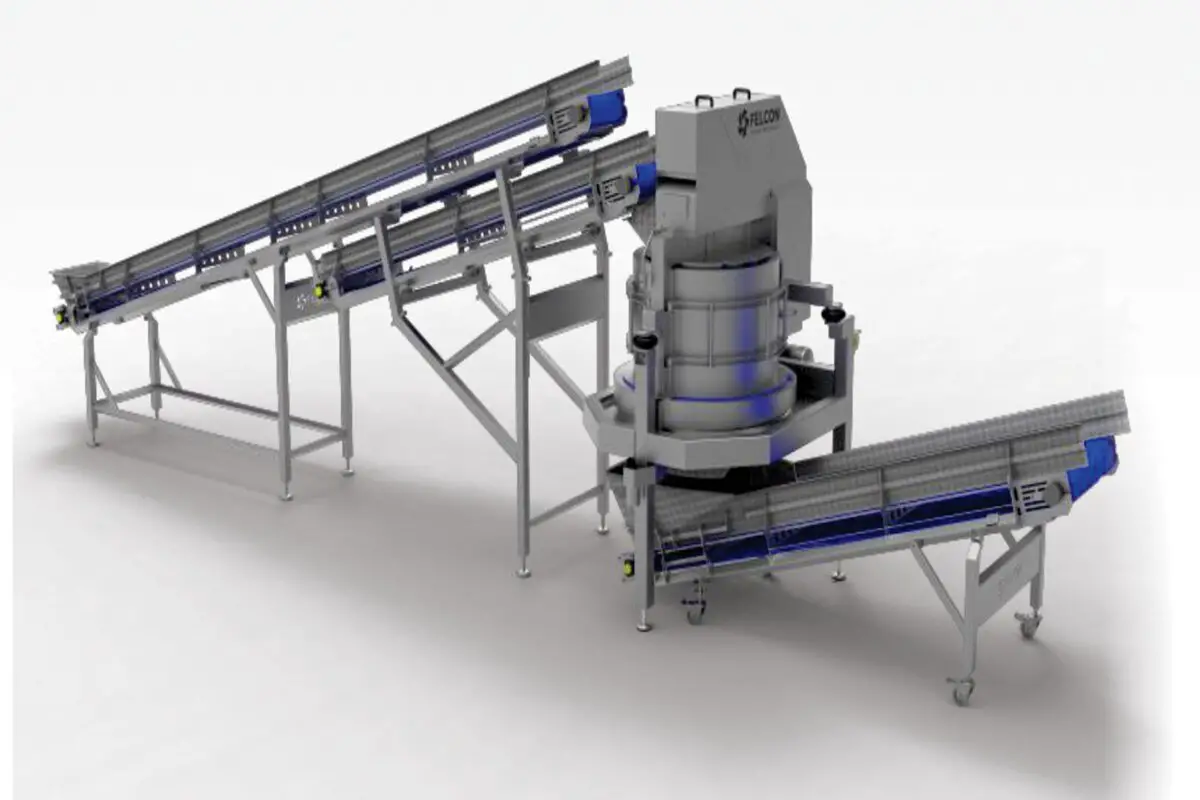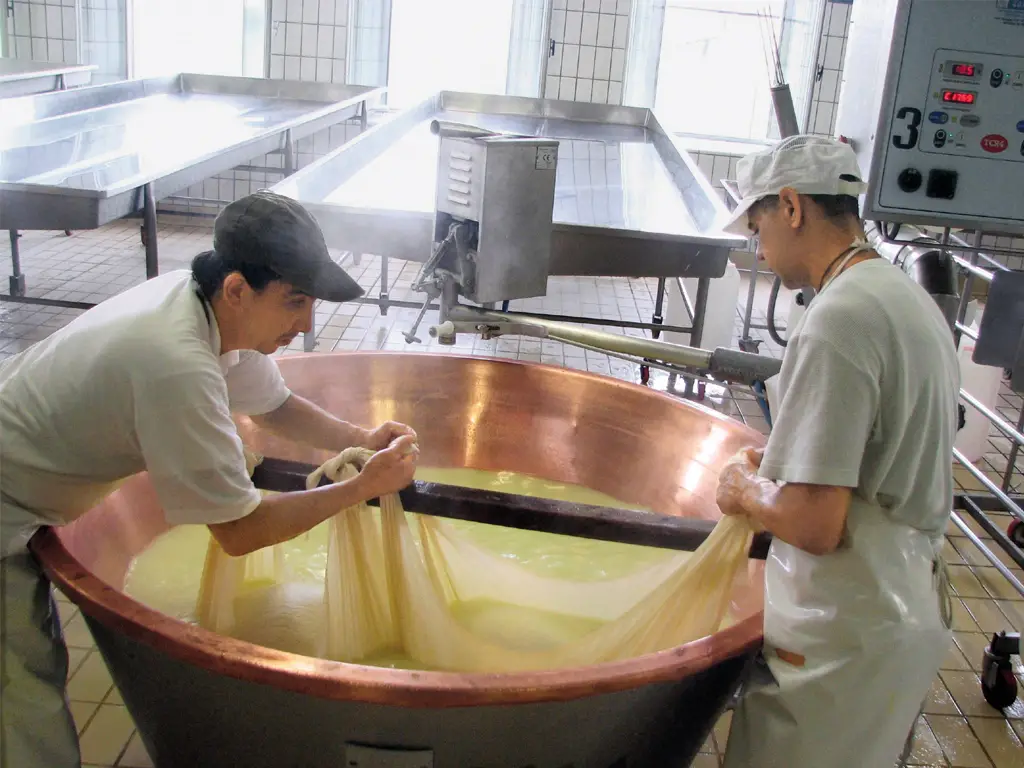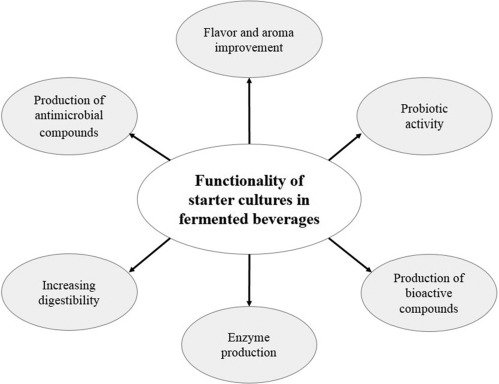Neuromuscular Junction – Definition, Structure, Steps, Significance
What is Neuromuscular junction? Definition of Neuromuscular junction A neuromuscular junction is a specialized connection between a motor neuron and a muscle fiber, where signals from the nervous system are transmitted to the muscle, resulting in muscle contraction. Structure of a Neuromuscular Junction The structure of Neuromuscular junction can be broadly divided into three parts: … Read more
